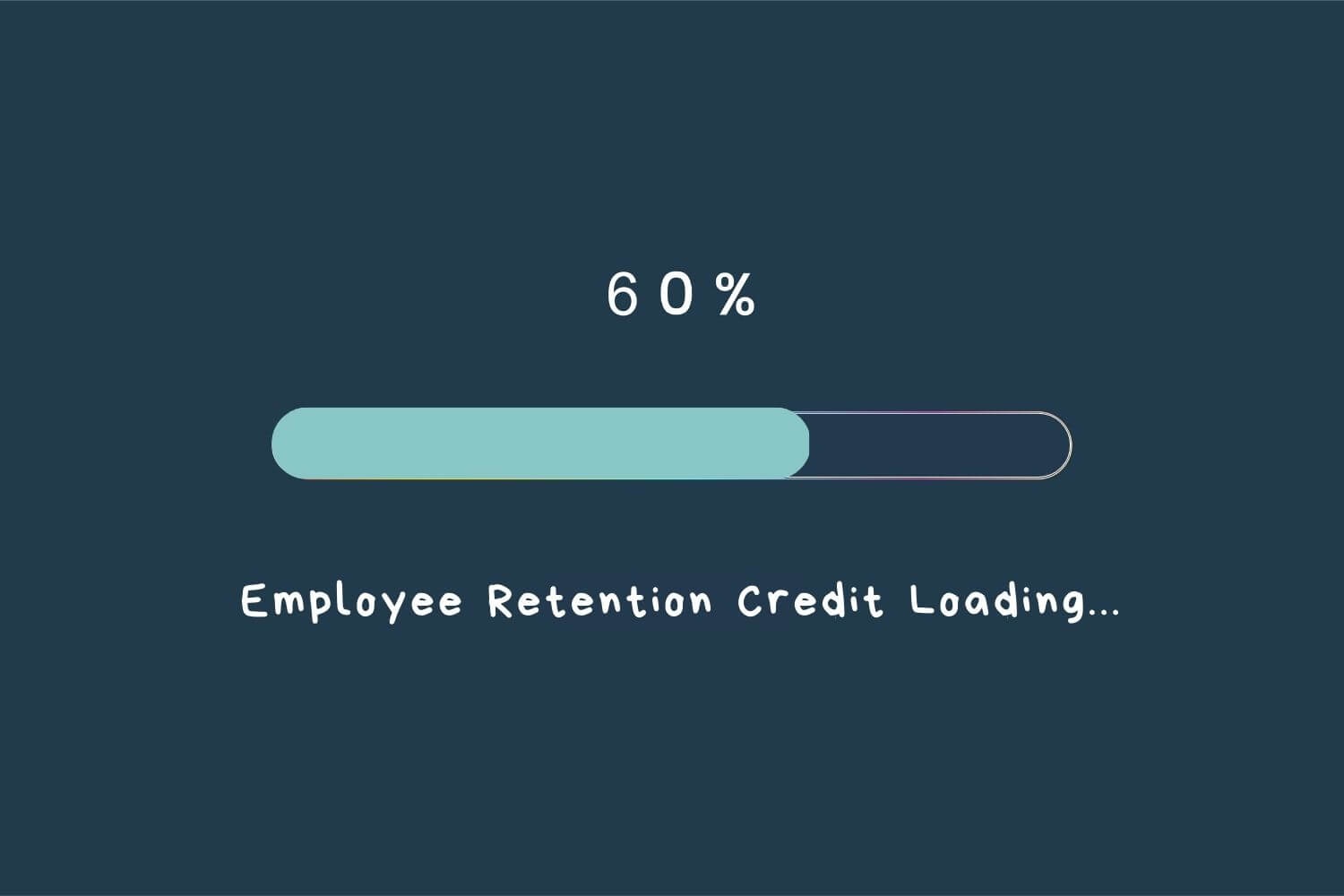

Finance
Yield To Average Life Definition
Published: February 19, 2024
Learn the concept of yield to average life in finance and how it affects investments. Understand its definition and implications.
(Many of the links in this article redirect to a specific reviewed product. Your purchase of these products through affiliate links helps to generate commission for LiveWell, at no extra cost. Learn more)
Unlocking the Power of Yield To Average Life in Finance
Welcome to the “FINANCE” category on our blog! Today, we’re diving deep into a concept that is equally fascinating and essential in the world of finance – Yield To Average Life. In this article, we will explore the definition of Yield To Average Life, its significance, and how it can be used to analyze investment opportunities. So, buckle up and get ready to uncover the secrets of this powerful financial tool!
Key Takeaways:
- Yield To Average Life (YTAL) is a measure used to calculate the yield of an investment, taking into account the average time period during which the investment will generate cash flows.
- YTAL can help investors make informed decisions by providing a more accurate representation of the returns they can expect over the average life of the investment.
So, what exactly is Yield To Average Life? Let’s break it down. Yield To Average Life is a metric used in finance to determine the yield or rate of return on an investment, considering the average time it takes to receive cash flows from that investment.
Traditional yield calculations assume that an investment will be held until maturity and that all cash flows will be reinvested at the same rate. However, in reality, many investments have varying cash flows over time, such as bonds with callable provisions or mortgages that may be repaid early. This is where Yield To Average Life comes into play.
By capturing the average life of an investment, Yield To Average Life provides a more accurate measure of the actual returns an investor can expect to receive over the investment’s lifespan. It takes into account the timing and amount of each cash flow and provides a yield that better reflects the investment’s true profitability.
Now, you may be wondering how this can be useful in the real world of finance. Here are a few ways in which Yield To Average Life can benefit investors:
1. Precision in Decision Making
Yield To Average Life allows investors to evaluate investment opportunities more precisely. It provides a clearer picture of the expected returns over the average duration of the investment, enabling investors to make informed decisions about which investments align with their financial goals.
2. Enhanced Risk Assessment
When comparing different investment options, Yield To Average Life can help investors assess the risk associated with each option more accurately. By considering the average duration of an investment, investors can determine the potential impact of varying cash flows on their returns, reducing the chances of unexpected surprises and enhancing risk management strategies.
In conclusion, Yield To Average Life is a powerful tool that adds a new dimension to financial analysis. Its ability to provide a more accurate representation of investment returns over the average life of an investment can make a significant difference in decision-making processes. By understanding the concept of Yield To Average Life, investors can unlock deeper insights into their investment portfolios and make more informed choices for their financial future.














